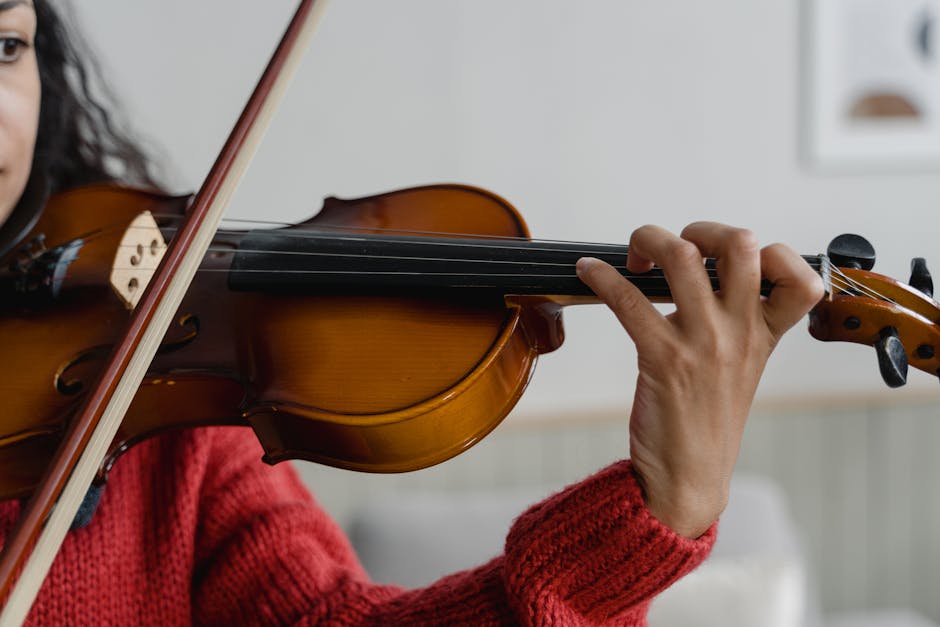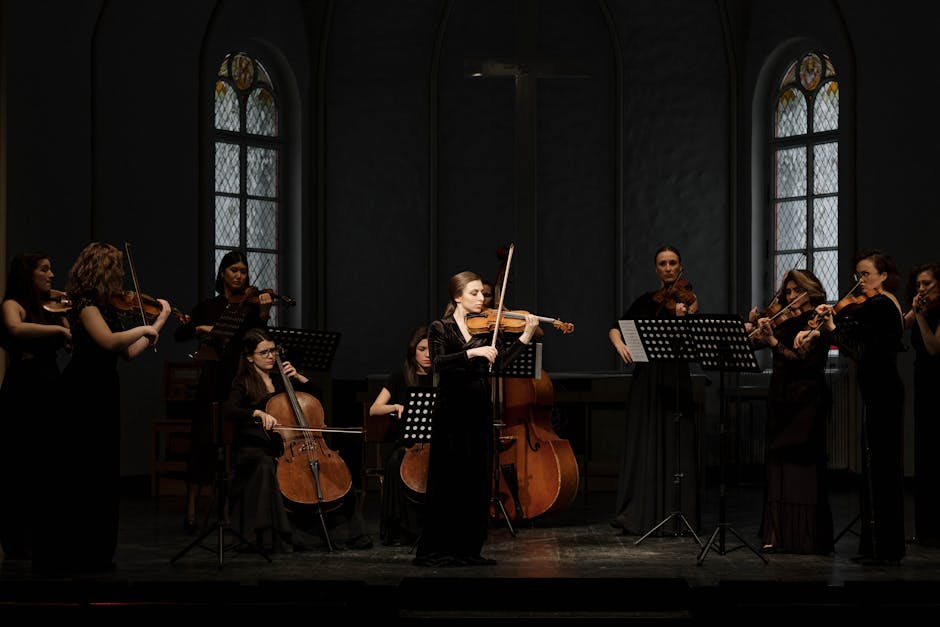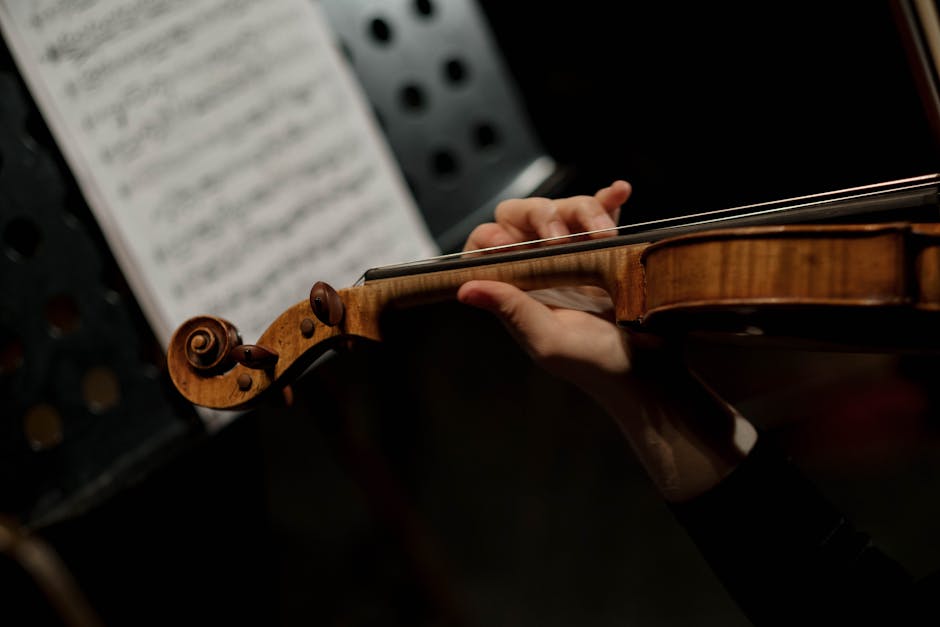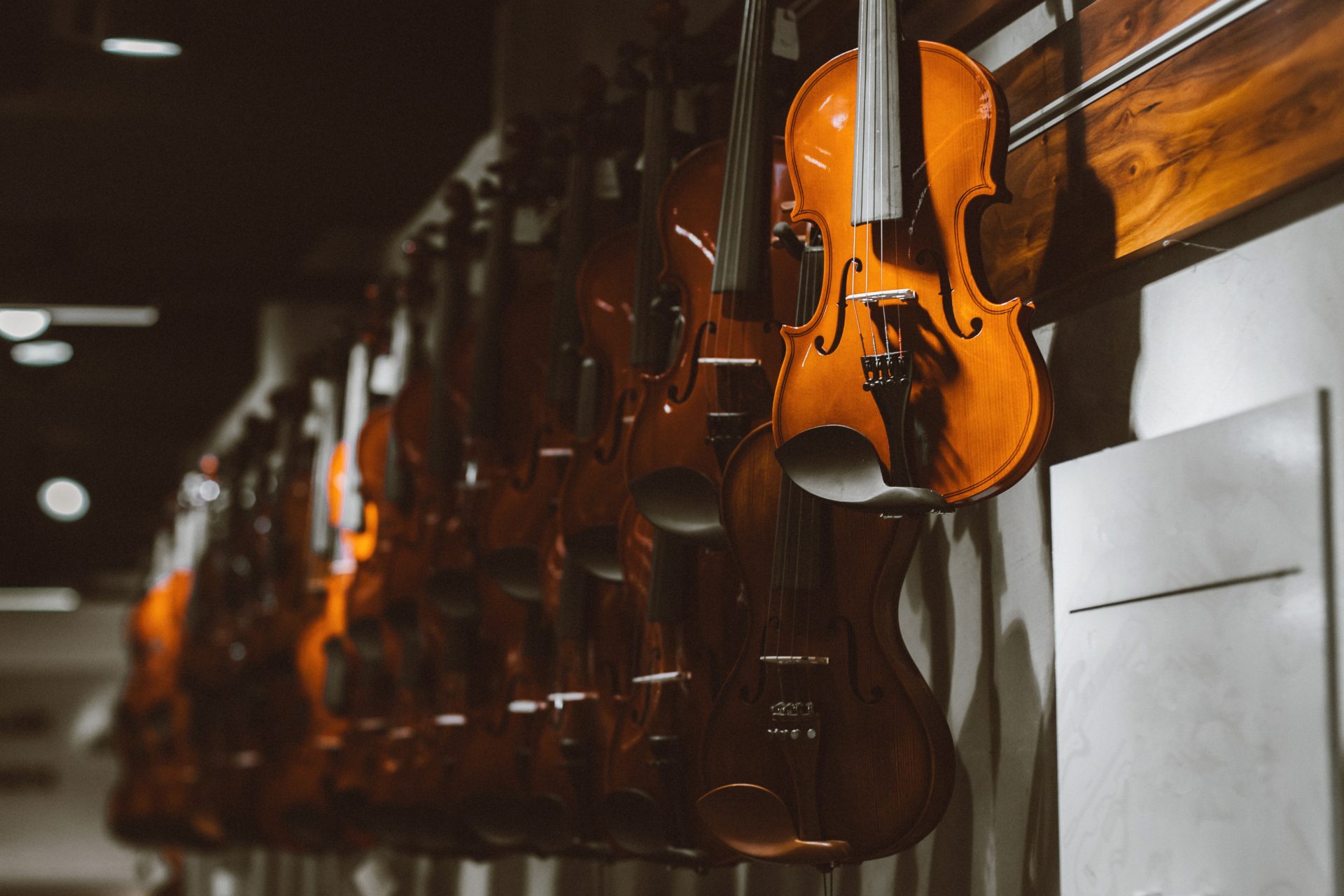When you first dip your toes into the intriguing world of violin playing, one of the most pressing questions you have is likely about cost. How much does it take to get started on this journey?
Our aim in this blog post is to give you a comprehensive understanding of the various factors that contribute to the price range of beginner violins, to help you make an informed decision.
It’s crucial to remember that while affordability is important, quality shouldn’t be compromised, as your first violin can significantly impact your initial learning experience. Whether you’re an adult eager to explore a new hobby, or a parent investing in your child’s budding musical interest, we’ve got you covered.
Understanding What ‘Beginner Violins’ Mean

Before diving into the cost, it’s crucial to get a clear understanding of what ‘beginner violins’ actually mean. Not all violins are created equal – they are crafted with varying levels of craftsmanship, materials, and attention to detail.
The term ‘beginner violin’ typically refers to an instrument specifically designed with a novice player in mind. These violins are often more robust to withstand inevitable mishandlings. They are also created to provide a satisfactory sound that encourages continual practice.
The focus here is on playability, durability and affordability, rather than on nuances that more advanced players would appreciate. Understanding this helps set the correct price expectation when purchasing a beginner violin. Remember, as a beginner, your first violin is an introduction to the instrument, not a lifelong commitment.
The Factors that Affect the Cost of a Beginner Violin

Choosing the right beginner violin can be a fascinating but also daunting task. The cost ranges widely, from $100 to $800 or even more for specialty violins.
This discrepancy is due to various factors.
First, craftsmanship plays a significant role. Handmade violins tend to be pricier than their machine-made counterparts, often showcasing a more refined sound and quality.
Second, the material used affects the price tremendously – violins made from cheaper woods like laminate come at a lower price, while instruments made from solid aged woods command higher costs.
The brand of the violin also contributes to its selling price. Renowned manufacturers are known for their consistency and quality, and consequently charge more for their instruments.
Lastly, the inclusion of accessories – such as cases, bows, and rosin – in a package deal can raise the overall cost.
In summary, the cost of a beginner violin is directly impacted by its craftsmanship, materials, brand, and included accessories.
The Role of Craftsmanship and Materials in the Price of Beginner Violins

Understanding the intricate relationship between craftsmanship and materials is essential when exploring the cost of beginner violins.
High-quality craftsmanship is a major factor. A well-crafted violin, even for beginners, is meticulously hand-assembled, requiring time and skill that inevitably raises its cost. A violin’s sound largely depends on its build quality, so a poorly made instrument could hinder your musical progression.
The materials used also significantly impact the price. Woods like spruce and maple are typically used for their acoustics properties, and their sourcing can be costly. Beginners might not need the highest grade materials, but quality still matters.
In conclusion, the cost of beginner violins reflects the effort and quality put into crafting it. So, components such as skilled craftsmanship and material choice fundamentally drive their value. Although it might seem a little pricey, consider it a worthy investment into your musical journey.
The Average Price Range for Beginner Violins in the Market

When taking your first steps towards learning the violin, expenses can be tricky. Our research indicates that a beginner’s violin falls in the average price range of around $100 to $300.
While this may seem a hefty initial investment, keep in mind that the quality of your instrument can significantly affect your learning experience.
Price depends on several factors such as the material used, the craftsmanship, and the brand. For beginners, there are reliable yet affordable brands available which don’t compromise on sound quality.
Bear in mind, though, the cost of a violin isn’t limited to the instrument itself – you’ll also need to budget for maintenance costs, essential accessories like a case and bow, and lessons.
Invest wisely in your musical journey. Remember, the enjoyment and fulfillment of playing an instrument is priceless.
How to Determine a Fair Price for a Beginner’s Violin

When purchasing your first violin, it’s important to consider a few key factors to determine the fair price.
Firstly, the craftsmanship. A professionally made violin, even if marketed towards beginners, will cost more due to its superior sound quality and durability.
Secondly, the materials used. The type of wood can greatly affect the price as well as the sound quality of the violin.
Lastly, the included accessories. A violin sold with a case, bow, and rosin can be more expensive than one without.
It’s advisable to do your homework ahead of your purchase. Read reviews, consult professionals, and compare prices across different stores.
Generally, a fair price range for a beginner violin would be between $100 to $400. However, always prioritize a violin that sounds good and feels right to play over price. Remember, learning on a quality instrument can greatly enhance your experience and growth as a budding violinist.
Exploring Different Brands and the Costs of Their Beginner Violins

When venturing into the vast world of violins as a beginner, there are numerous brands to consider, each with their unique prices and qualities.
Yamaha, a globally renowned brand, offers beginner violins at around $500-$600. For those seeking affordability, Mendini violins, known for their budget-friendly nature, can start as low as $60.
Then we have Eastar, providing a good balance between cost and quality, typically pricing their beginner models around the $100 range.
Cremona is another stand-out, with beginner violins starting from around $200, emphasizing the delicate balance of craftsmanship and tone.
Lastly, Stentor violins, adored by teachers for their consistent quality, averages around $150-$200 for their beginner’s range.
While prices can vary greatly, it’s important to remember that investing in a violin is investing in your musical journey.
Where to Purchase Your First Violin: Brick-and-mortar Stores Vs Online Stores

Finding your first violin can be an exciting yet challenging task. You could opt for the traditional route of brick-and-mortar music shops. These offer the chance to hold, inspect, and even play the potential instrument. You can consult directly with the staff, who can provide useful insights and recommendations based on your needs.
On the other hand, a plethora of online stores offer a vast range of beginner violins at your fingertips. Time-efficient, hassle-free, and often with comparable, if not cheaper, prices. Moreover, customer reviews can be insightful.
However, do bear in mind, you won’t get the ‘feel’ of the violin through a screen. Depending on your preferences and conditions, both options can be suitable to find your perfect beginner violin. Balancing personal comfort, time, and budget can guide your purchase decision.
Additional Costs: Maintenance, Accessories, Tutoring, and Insurance

Maintaining a violin can vary in cost, often requiring anywhere from $20-$100 per year. This includes periodic string replacement and bow re-hairing, which are integral for good sound production.
In terms of accessories, expect to invest in a good quality music stand, rosin, cleaning cloths, and a hard case, which can collectively cost from $50 to $200.
Apart from the instrument, there are key lessons to consider too. Tutoring rates can greatly vary, with the average monthly cost being in the $60-$120 range.
Lastly, insurances depend on the value of the violin and can be priced from $20 to $200 annually. In the end, remember that taking care of your instrument and investing in accessories, tutoring, and insurance can greatly improve your violin journey, not only for beginners but for intermediate and advanced players too.

Leave a Reply